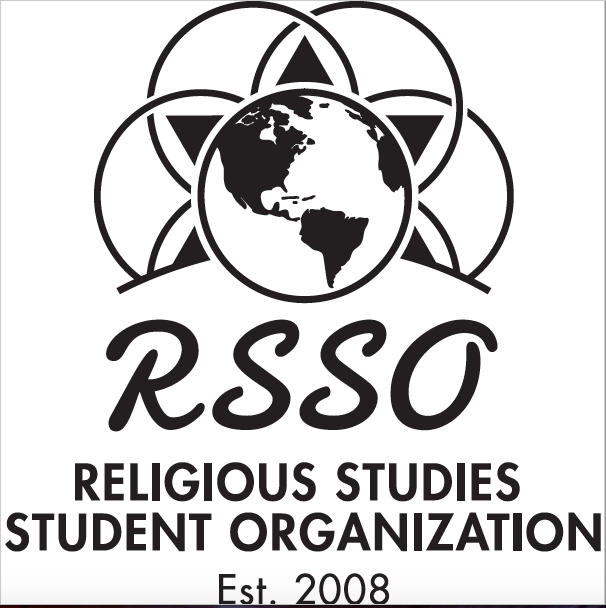Religion in the Bedroom: The Influence of Christianity on Medieval European Marriage and Sexuality
Moderator
Dr. David Hoeveler
Location
University of Wisconsin-Milwaukee
Start Date
12-4-2014 9:45 AM
End Date
12-4-2014 10:45 AM
Abstract
In the Middle Ages sexuality was seen as something dangerous to the morality of good Christians. It was viewed as something that needed to be controlled and regulated by the moral authority of the Catholic Church. The Church allowed for two appropriate expressions of sexuality: to remain chaste and pledge one’s self to the church or procreative sex within the sanctity of marriage. Marriage was seen as way to regulate carnal desire, which if indulged, was seen as morally degenerative. Even within marriage excessive passion was thought of as deviant and disrespectful towards one’s wife. Though sensual experiences varied by gender, age and class, the Catholic Church was thoroughly involved in how people experienced romantic relationships. Sex without marriage, or for the purposes of pleasure was strictly forbidden and punished, as reflected in the legislature and academic works of society. Church control of sexual experiences extended to aspects such as age of consent, how frequently to engage in coitus and even what kind of pleasure was appropriate. Analyzing how people living in the Middle Ages experienced sensuality gives insight into medieval society. Through my research I will examine these intimate relationships and the way in which they are constructed and controlled by the Catholic Church. I will do this using primary documents both from individuals and church literature. I will also tell the stories of a generation navigating romance and sensuality in an age of repression while trying to balance both religion and sexuality.
Religion in the Bedroom: The Influence of Christianity on Medieval European Marriage and Sexuality
University of Wisconsin-Milwaukee
In the Middle Ages sexuality was seen as something dangerous to the morality of good Christians. It was viewed as something that needed to be controlled and regulated by the moral authority of the Catholic Church. The Church allowed for two appropriate expressions of sexuality: to remain chaste and pledge one’s self to the church or procreative sex within the sanctity of marriage. Marriage was seen as way to regulate carnal desire, which if indulged, was seen as morally degenerative. Even within marriage excessive passion was thought of as deviant and disrespectful towards one’s wife. Though sensual experiences varied by gender, age and class, the Catholic Church was thoroughly involved in how people experienced romantic relationships. Sex without marriage, or for the purposes of pleasure was strictly forbidden and punished, as reflected in the legislature and academic works of society. Church control of sexual experiences extended to aspects such as age of consent, how frequently to engage in coitus and even what kind of pleasure was appropriate. Analyzing how people living in the Middle Ages experienced sensuality gives insight into medieval society. Through my research I will examine these intimate relationships and the way in which they are constructed and controlled by the Catholic Church. I will do this using primary documents both from individuals and church literature. I will also tell the stories of a generation navigating romance and sensuality in an age of repression while trying to balance both religion and sexuality.

